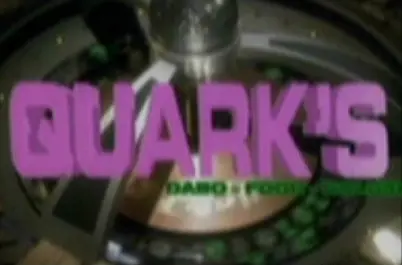

I think I have a bit more nuanced feelings on the MIT license. If I actually write something useful, GPL all the way, baby!
However, I don’t necessarily think the MIT license is the embodiment of evil; I find GPL a bit overkill for hobby projects. I’m not talking things that have the potential to become critical pieces of infrastructure like a kernel or something; I’m more talking about emoji pickers or hacky little Python scripts that would be pretty useless to a Fortune 500. In the minute chance someone actually cares about my silly little toy to fork it, I see very little point in encumbering it with the full heft of a copyleft license and stopping them from doing whatever the heck they want.





For the record, I rationally hate AI*, and this title already raises suspicion for me.
“AI” is a buzzword, and seeing it in the title or slogan for project or product reeks of some business major jumping on a bandwagon that they don’t truly understand, and where there’s business majors, there’s probably encrapification.
*: Of course, one of the big problems is “AI” is a misnomer - there’s no “Intelligence” to it. “ML” is closer to capturing the nature of the technology without ascribing to it some magic power that it doesn’t have.